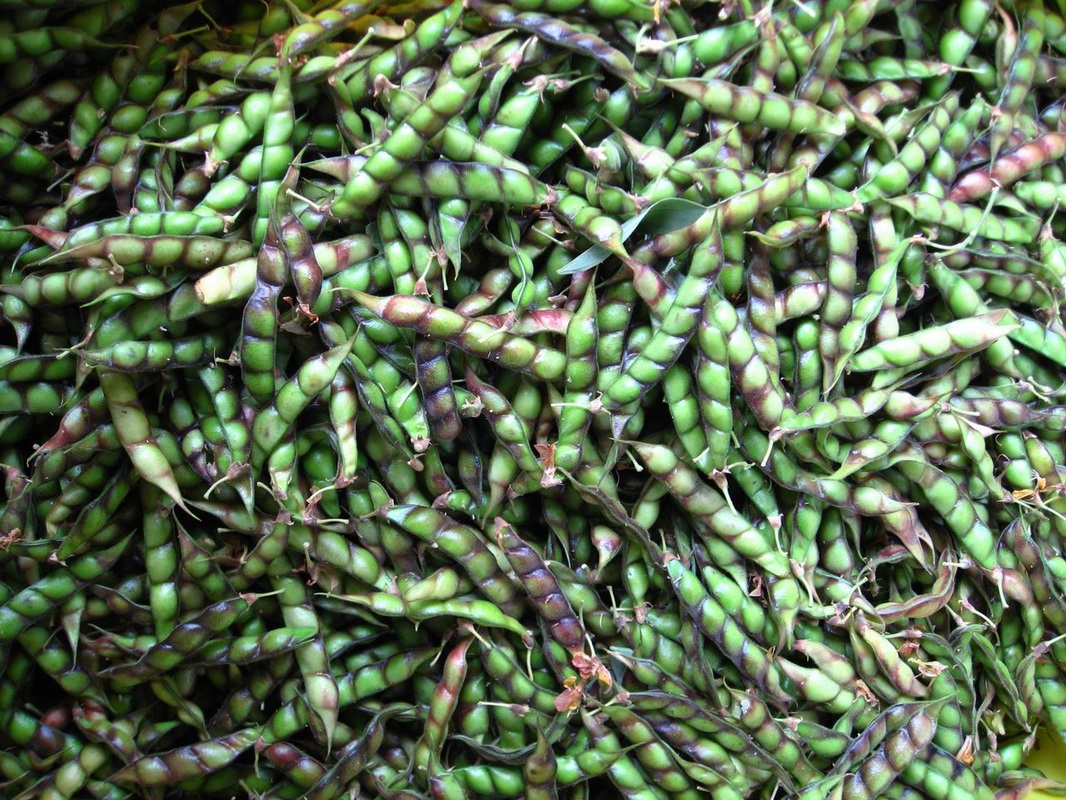This past week I explored NYC for the very first time. My friend Jenna T served as my tour guide and subway extraordinaire as we searched for delicious, healthy and fun food in the Big Apple. Equipped with a new mirror-less camera and a hungry belly the Jenna's were ready to take on New York.
Our first stop was Chinatown (a word of warning to other NYC-virgins, use a restroom when you find one! we didn't find a single public one outside train stations and most places make you buy stuff to use theirs). Everything was big! Much to my delight amongst the lights there were fresh fruit and vegetables being sold on every corner along with organic smoothie trucks almost wherever we went.After ogling over the beautiful produce for a bit Jenna got us to her favorite dim sum place. It's only $2.50 for each set and everything I tried was wonderfully savory. They have a great variety of different ways to eat your veg and shrooms. From dumplings to steamed dishes, it's all good. Another fun part was how you ordered your meal, The waiters just push carts around filled with food, little appetizers of sorts, you pick what you want and share with a friend.
A lovely thing about NYC is that walking is easier than driving so its easy to get your exercise in without realizing it. And walking was exactly what we did next (after a brief stop to an herbalist that did a diagnosis on spot!). We went across the Brooklyn Bridge and took quite a few pictures, Below is one of them featuring locks people place on the bridge to symbolize their illegal love.
After the walk we made it to my family friend's house north of the city where a deliciously healthy and beautiful meal awaited us. It consisted of salad, roasted root veggies, brussel sprouts, asparagus and wild-caught cod.
Scallion and shrimp dumplings from Jing Fong.
A train ride and walk in central park later we found ourselves again needing food. We took the recommendations of our family friend's to get coffee from Joe's and eat at Birdbath. Both places are focused on sustainable, quality goods at affordable prices. Jenna T got coffee from Joe's and reported it as really good and I got hibiscus tea which was extremely refreshing after a long walk in the park. Birdbath was amazingly delightful. They get everything from local sources and each day have a different menu. You can get soups, salads or sandwiches. I bought a box of salad which can consist of a mix of their four option but I just stuck to two, the chicken and kale with goat cheese and hazelnuts. It was so tasty, as I ate it I just kept repeating, "this is REALLY good". After the meal we stopped at a thrift store, bought a dress then walked to the Natural American History Museum. We both fully enjoyed ourselves, learned a lot and loved the Life at the Extremes exhibit. I even got to see my nautilus friends. Several hours and tons of brain-food later we again found our bellies empty so we got on a food finding app that took us to Amber.
Our final day ended in time square but again started with a wonderful breakfast. This time it was at the health-filled fast food restaurant Fresh and Co. There was a wide variety of options, chia-seed puddings, oatmeal, omelets and quinoa dishes. We again opted for omelets served with a side of roasted root vegetables (potatoes, sweet potatoes, carrots, and parsnips, yum!). They were delectable and for less than $7 you could choose three toppings to add to a 3 cage-free egg omelet. I soon found myself in the craziness and lights of time square where we made a stop at the toys-r-us with a Ferris wheel inside. We made a few more stops and then we had to catch a train ride back home.
Bottom-line, I found New York to be a sublime city to eat whole foods, walk, and have fun in, without spending too much money. I hope you too get to find yourself transplanted to a different world in Chinatown, conquer your fear of heights on the Brooklyn Bridge and smell the flowers of Central Park. Adios, my friends.
Crazy Time Square
My Tour Guide and Photographer

















.JPG)
.JPG)
.JPG)

.JPG)
.JPG)

.JPG)
.JPG)
.JPG)
.JPG)
.JPG)
.JPG)
.JPG)


.JPG)
.JPG)
.JPG)
.JPG)





